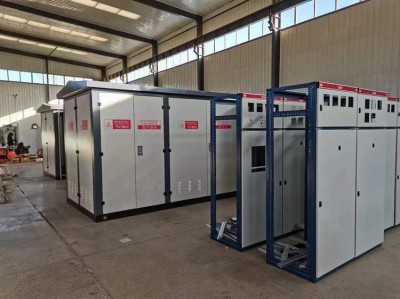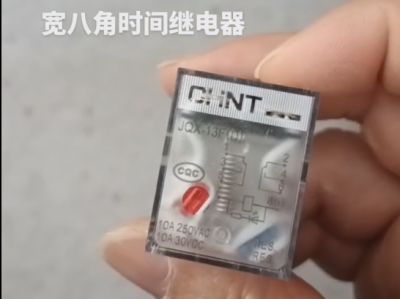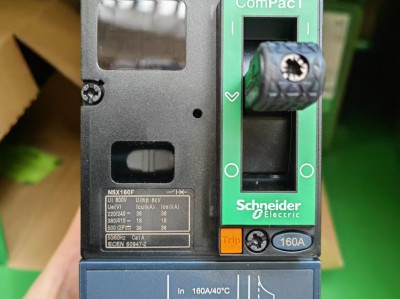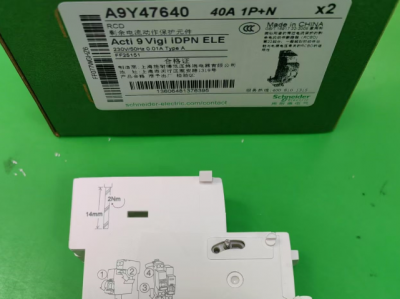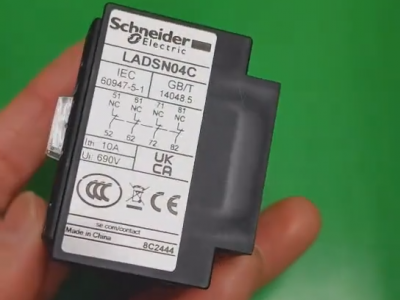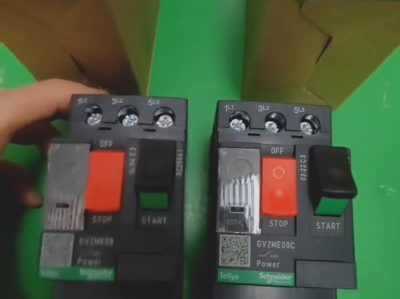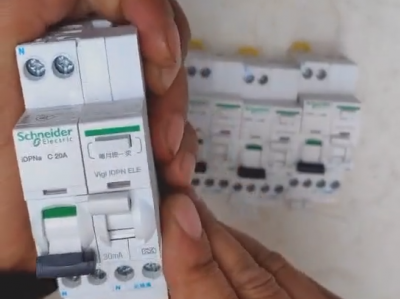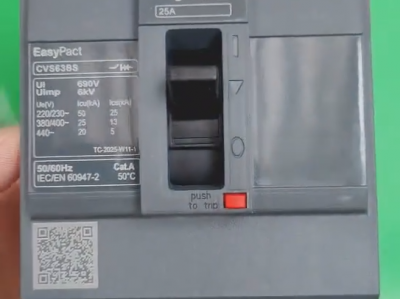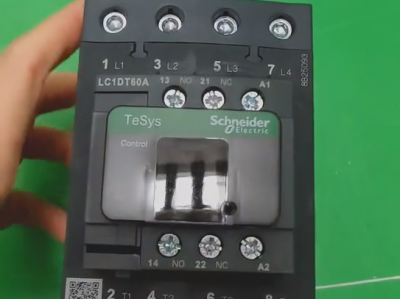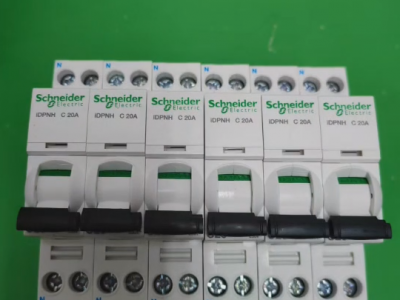Chint NA1-3200X/4 universal circuit breaker
Product description
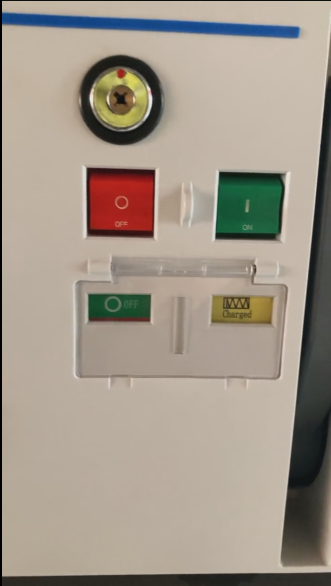
The Chint NA1-3200X/4 universal circuit breaker is an electrical protection device with excellent performance and wide applications. The following details will be introduced from its model meaning, technical parameters, structural features, working principle, application scenarios, etc.:
- Model Meaning CHNT NL1E - 63A circuit breaker
- **NA1**: Represents the Chint Electric NA1 series universal circuit breaker.
- **3200**: The "3200" here indicates the frame current is 3200A, meaning the circuit breaker can stably carry a maximum current of 3200A for a long term.
- **X**: Usually signifies that the circuit breaker has certain special performance or design, such as high breaking capacity.
- **4**: Indicates the number of poles is 4, which can simultaneously control and protect three-phase live wires and one neutral wire.
- Technical Parameters Chint NXBLE-40C6 residual current circuit breaker (RCCB)
- **Rated Working Voltage**: AC400V, AC690V, etc., suitable for power distribution systems with different voltage levels.
- **Rated Current**: It can be selected within a certain range. For example, in NA1-3200X/4, the maximum rated current reaches 3200A, meeting the needs of various load currents.
- **Breaking Capacity**: Generally up to 100kA, which can quickly cut off the circuit in case of faults such as short circuits to protect equipment and lines. Chint NXR series thermal overload relays price
- **Control Circuit Voltage**: Commonly 380VAC, used to control the opening and closing operations of the circuit breaker.
- Structural Features
- **Operating Mechanism**: Equipped with an electric operating mechanism, enabling remote and automatic control, as well as manual operation, facilitating the opening and closing of the circuit breaker in different scenarios.
- **Intelligent Controller**: As the core control component of the circuit breaker, it can real-time monitor parameters such as current and voltage in the circuit. When faults like overload, short circuit, and undervoltage occur, it can quickly and accurately issue instructions to control the circuit breaker to trip and protect the circuit.
- **Arc Extinguishing System**: Adopts advanced arc extinguishing technology and arc extinguishing chamber structure, which can quickly extinguish the arc when the circuit breaker breaks the circuit, prevent the arc from damaging the equipment, and improve the breaking capacity and service life of the circuit breaker.
- **Auxiliary Contacts**: Provides multiple auxiliary contacts for signal feedback, interlock control, etc., facilitating coordination with other electrical equipment to achieve complex control functions.
- Working Principle
- **Normal Working State**: The main contacts are closed, and the free release mechanism locks the main contacts in the closed position, allowing the circuit to conduct normally. At this time, the coil of the overcurrent release and the thermal element of the thermal release are connected in series with the main circuit, and the coil of the undervoltage release is connected in parallel with the power supply.
- **Overload Protection**: When the circuit is overloaded, the thermal element of the thermal release heats up, causing the bimetallic strip to bend upward, pushing the free release mechanism to act, and the main contacts disconnect the main circuit, thus achieving overload protection.
- **Short Circuit Protection**: When a short circuit or severe overload occurs in the circuit, the armature of the overcurrent release quickly attracts, making the free release mechanism act, and the main contacts quickly disconnect to cut off the short-circuit current, protecting the circuit equipment from the impact of the short-circuit current.
- **Undervoltage Protection**: When the power supply voltage drops to a certain extent, the suction force of the undervoltage release coil decreases, the armature is released, and the main contacts are disconnected through the release mechanism to prevent the equipment from operating under undervoltage and avoid equipment damage.
- Application Scenarios
- **Industrial Field**: Widely used in the power distribution systems of factories, mines, and other places to protect electrical equipment such as motors, transformers, and switchgear, ensuring the stable operation of industrial production.
- **Construction Field**: In the switchrooms of high-rise buildings, commercial centers, residential communities, etc., it is used to distribute electric energy and protect lines, ensuring the safety of electrical equipment and personnel in the building.
- **Power System**: In power systems such as substations and power plants, as an important protection and control device, it is used to connect and disconnect circuits, protecting power equipment from fault currents.
How to Choose a Universal Circuit Breaker Suitable for Your Use Scenario?
1. **Clarify the Use Scenario and Requirements**: Determine whether the circuit breaker is used as the main switch of the power distribution system, a large-capacity feeder switch, a bus tie switch, or for large motor control, etc. For example, as a main switch, it is necessary to consider its protection and control capabilities for the entire power distribution system; when used for motor control, focus on whether it can adapt to the starting and operating characteristics of the motor.
2. **Consider Rated Parameters**
- **Rated Voltage**: The rated working voltage of the circuit breaker should not be lower than the rated voltage of the line. Common ones are AC400V, AC690V, etc., which should match the actual power supply voltage level.
- **Rated Current**: Select according to the maximum working current of the line or load. The rated current of the circuit breaker should be greater than the calculated current of the line or load. Generally, a certain margin should be considered to adapt to possible load changes and short-term overloads.
- **Rated Short-Circuit Breaking Capacity**: It should be higher than the maximum short-circuit current that may occur in the line. Insufficient breaking capacity may cause the circuit breaker to fail to effectively cut off the circuit during a short-circuit fault, leading to equipment damage or even safety accidents.
3. **Select the Type and Parameters of Releases**
- **Long-Time Delay Release**: Used for overload protection, and its setting current is usually set according to the long-term allowable current of the load. For power distribution lines, the setting value of the long-time delay action current is generally not more than 80% of the allowable carrying capacity of the conductor; for motor protection, the setting value of the long-time delay current is usually equal to the rated current of the motor.
- **Short-Time Delay Release**: Used for short-time delay protection against short circuits, and its setting current and delay time need to be determined according to the magnitude of the short-circuit current in the line, the nature of the load, and the requirements of up-down protection coordination.
- **Instantaneous Release**: Used for instantaneous protection against short circuits, and its setting current should avoid the maximum impact current that may occur in the line, such as the starting current of the motor. For circuit breakers used for motor protection, circuit breakers with different instantaneous action current setting values should be selected according to the different starting characteristics of cage motors and wound motors.
4. **Pay Attention to Accessories and Functional Requirements**
- **Auxiliary Contacts**: If functions such as signal feedback and interlock control need to be realized, select a circuit breaker with the corresponding number and type of auxiliary contacts according to actual needs.
- **Undervoltage Release**: Its rated voltage should be equal to the rated voltage of the line. When the power supply voltage drops to a certain extent, it can make the circuit breaker trip to protect the equipment from undervoltage damage.
- **Shunt Release**: Used for remote control of the circuit breaker to trip, and its rated voltage should be equal to the control power supply voltage.
- **Intelligent Functions**: Intelligent universal circuit breakers have multiple functions, such as precise setting of protection functions like overload, short circuit, and undervoltage, as well as functions like alarm, load monitoring, self-diagnosis, and communication. If there are requirements for intelligent management of the power distribution system, a circuit breaker with corresponding intelligent functions can be selected.
5. **Consider the Installation Method**: The installation methods of universal circuit breakers include fixed type and draw-out type, etc. The draw-out type circuit breaker is convenient for installation, maintenance, and replacement, and the本体 (body) has an isolation function when shaken out; the fixed type circuit breaker has a relatively simple structure and is suitable for places with low requirements for installation space and maintenance convenience.
6. **Protection Level**: Select a circuit breaker with a suitable protection level according to the requirements of the installation environment. Generally, the protection level of the circuit breaker installed in the switchgear can meet the basic requirements by reaching IP30; if the installation environment is harsh, such as with dust, water droplets, etc., products with higher protection levels, such as IP40, IP54, etc., need to be selected.
7. **Coordination with the Protection Characteristics of Up-Down Electrical Appliances**: Ensure that the universal circuit breaker coordinates with the protection characteristics of the up-down protection electrical appliances in the system to achieve selective protection and avoid tripping) to expand the accident scope. For example, the protection characteristics of up-down circuit breakers should not cross, and in the cascade protection mode, the intersection short-circuit current should be 80% of the lower-level circuit breaker.
8. **Brand and Quality**: Choose products from well-known brands and with reliable quality, which can improve the performance and reliability of the circuit breaker, reduce the probability of failures, and also obtain good after-sales service and technical support. Common well-known domestic and foreign brands include Chint, Delixi, ABB, Schneider, etc.

